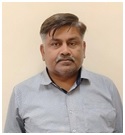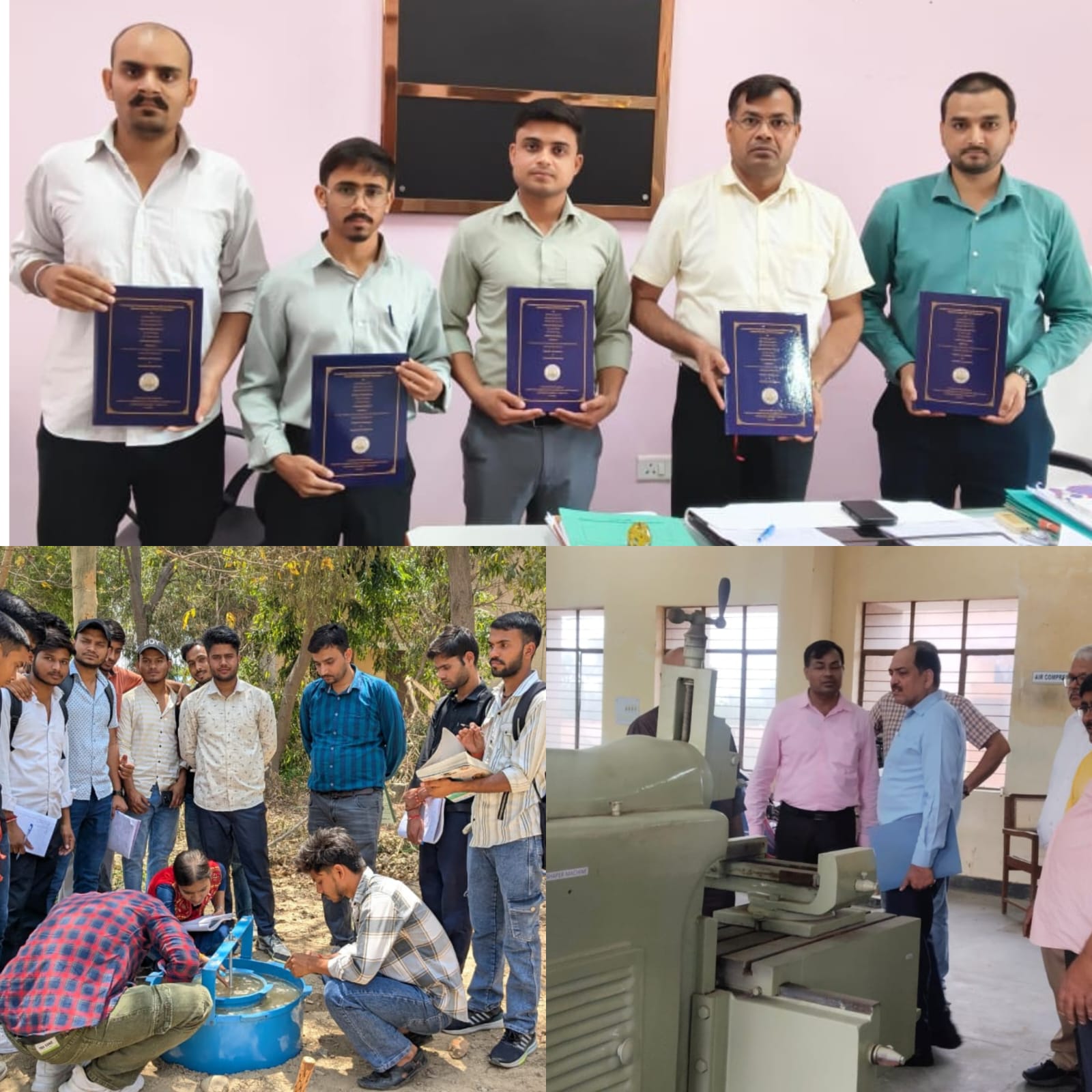Associate Professor
| Qualification: | Ph.D |
| Area Of Interest/Specialization: | Soil & Water Cons. Engg |
| Email: | drpksinghwrd@gmail.com, drpsingh1wrd.nihr@gov.in |
| Phone No: | 9429426467 |
| Profile: | View Profile |
The Department of Soil and Water Conservation Engineering plays a pivotal role in promoting sustainable land and water resource management for agricultural development. The department is committed to addressing the critical issues of soil erosion, water scarcity, land degradation, and climate change impacts through scientific principles and engineering innovations.
Established with the aim of integrating engineering solutions with environmental stewardship, the department focuses on the design, development, and evaluation of conservation practices that enhance water use efficiency, prevent land degradation, and support productive agriculture in both irrigated and rainfed areas.
Key areas of study and research include:
The department is equipped with modern laboratories, field instruments, and computational facilities to support practical learning, research, and extension services. It actively collaborates with national and international organizations to develop region-specific solutions for sustainable agriculture and environmental conservation.
Graduates guided by this department are trained to become agricultural engineers, researchers, policymakers, and extension professionals, capable of contributing to the sustainable management of natural resources and rural development.
MTech (Soil and Water Conservation Engineering) and Ph.D. (Soil and Water Conservation Engineering) are starting in this Department from this academic year 2025-2026.

| Qualification: | Ph.D |
| Area Of Interest/Specialization: | Soil & Water Cons. Engg |
| Email: | drpksinghwrd@gmail.com, drpsingh1wrd.nihr@gov.in |
| Phone No: | 9429426467 |
| Profile: | View Profile |

| Qualification: | M.Tech. |
| Area Of Interest/Specialization: | Soil & Water Conservation Engg. |
| Email: | deepakmishrasvp@gmail.com |
| Phone No: | 9412484754 |
| Profile: | View Profile |

| Qualification: | Ph.D |
| Area Of Interest/Specialization: | Soil & Water Conservation Engg. |
| Email: | vksingh.swc.bhu@gmail.com |
| Phone No: | 8127739143 |
| Profile: | View Profile |
Organic and Conventional crop discrimination using Biophysical parameters and crop yield estimation with multi-sensor approach on farm research site
PI: Dr. U.P shahi
Co-PI: Er. Khusboo Roy
Co-PI: Dr. Vikas Singh
Scheme: NRSC-ISRO
Approval year :2025

